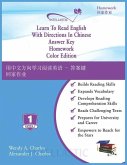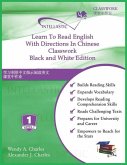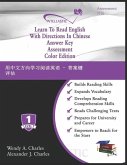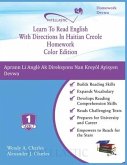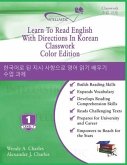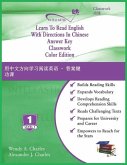This book is a resource for parents and caregivers of a child learning to read.It contains ideas for activities to share with a child. It outlines the primary phonics and skills needed in the early years of learning to read.The KEY ingredients for effective early reading instruction are: step by step instruction in: -Phonemic or sound Awareness-Knowledge of letter-sound relationships known as phonics-Reading accessible texts where words are easy to sound out and are parts of a young child's vocabulary.The FOCUS is on all three.I present the reading skills taught in the first three years of formal schooling. Children develop these skills at their pace. It is best if you work patiently with your child and consolidate their progress step-by- step.Functional imaging has enabled neuroscientists to look inside the human brain. It is comprised of billions of interconnected brain cells.Reading and writing build up connections within the brain. -These are called reading circuits. -Reading circuits are formed in the left hemisphere of the brain. -They also connect with other areas in the brain. -It takes time and practise for these circuits to form.Reading is, therefore, a whole-brain activity. All brains are unique because everyone builds their brain connections.When teaching a young child to read, a multi-sensory approach works best. A multi-sensory approach means using kinesthetic (physical), audio and visual activities to build reading circuits.Three Reading Behaviour Checklists in the Appendix will enable you to measure your child's progress.
Hinweis: Dieser Artikel kann nur an eine deutsche Lieferadresse ausgeliefert werden.
Hinweis: Dieser Artikel kann nur an eine deutsche Lieferadresse ausgeliefert werden.


